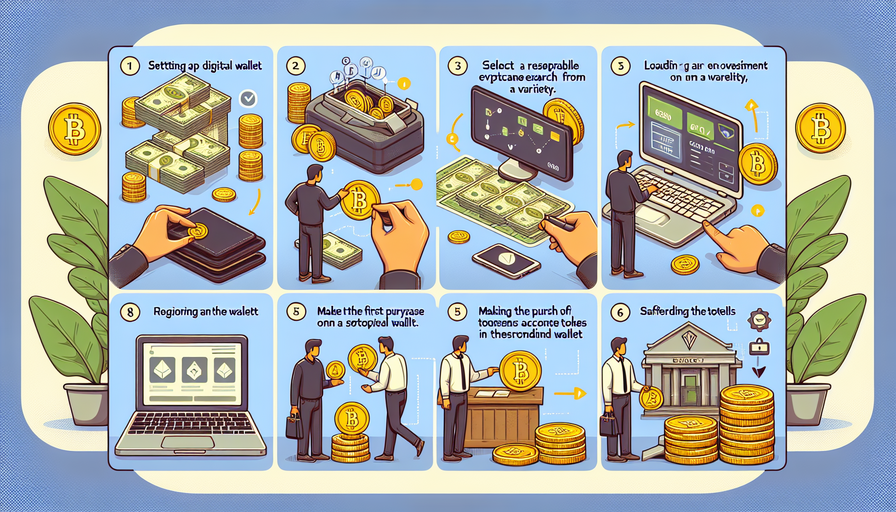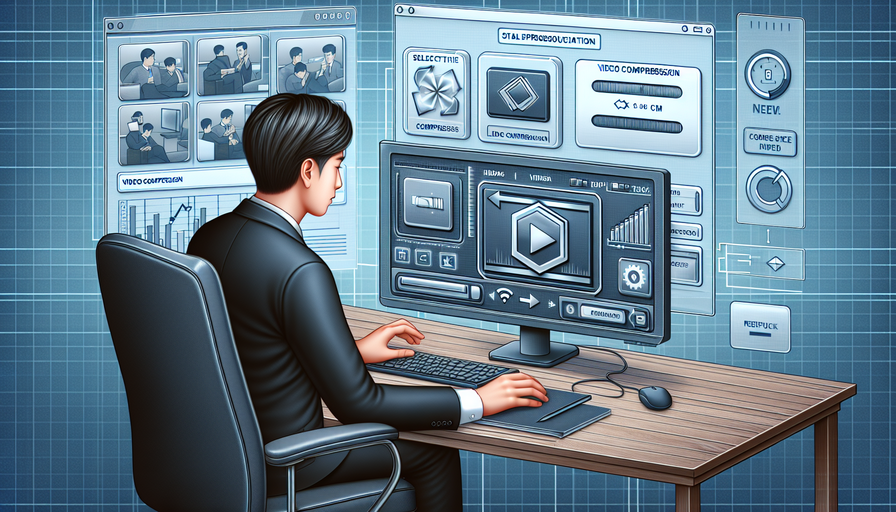Introduction
Non-Fungible Tokens (NFTs) have taken the digital world by storm, revolutionizing the way we perceive and exchange art, collectibles, and other forms of digital assets. If you’re intrigued by the idea of creating your own NFT but don’t know where to start, fear not! This comprehensive guide will walk you through the process step by step, from conceptualization to minting your very first NFT.
Step 1: Define Your Concept
Before diving into the technicalities of creating an NFT, it’s essential to have a clear concept in mind. Whether you’re an artist looking to tokenize your work or an individual interested in creating a unique digital asset, defining what you want to create is the first step towards a successful NFT venture.
Step 2: Create Your Digital Artwork
Once you have a concrete concept, it’s time to bring it to life through digital artwork. Whether you’re proficient in graphic design, illustration, photography, or any other form of digital artistry, this is your opportunity to showcase your creativity and skill.
Step 3: Choose the Right Blockchain Platform
Selecting the right blockchain platform is crucial when creating an NFT. Ethereum is currently the most popular choice for minting NFTs due to its robust infrastructure and widespread adoption. However, other platforms like Binance Smart Chain and Flow are also viable options depending on your specific needs and preferences.
Step 4: Mint Your NFT
Minting an NFT involves turning your digital artwork into a unique token on the blockchain. This process typically requires using an NFT marketplace or platform that supports minting, such as OpenSea or Rarible. You’ll need to provide details about your artwork, including its title, description, and file upload, as well as set parameters like royalties and edition size.
Step 5: List Your NFT for Sale
Once your NFT is minted, it’s time to list it for sale on the marketplace. Setting a price for your NFT can be a strategic decision based on factors like demand for your artwork, rarity of the token, and current market trends. Additionally, consider promoting your NFT through social media channels and online communities to increase visibility and attract potential buyers.
Step 6: Engage with Your Community
Building a strong community around your NFTs is key to long-term success in the space. Engage with collectors, fellow artists, and enthusiasts through social media platforms like Twitter and Discord. Hosting events like auctions or giveaways can help generate buzz around your creations and establish meaningful connections with your audience.
Conclusion
Creating an NFT is not just about tokenizing digital assets; it’s about embracing innovation and empowering creators in new and exciting ways. By following these steps and immersing yourself in the vibrant world of NFTs, you can unlock endless possibilities for showcasing your talent and building a thriving community around your work.


